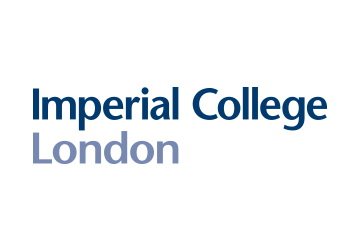DISTINCTIVE is a multi-disciplinary collaboration of 10 universities and 3 key industry partners from across the UK’s civil nuclear sector.

PhD/PDRA – PhD
Academic Investigator(s) – Bill Lee, Luc Vandeperre
University – Imperial College London
Glass Composite Materials (GCM) are materials defined as any material that contains both a crystalline and a glass phase, and current terms used in literature as to describe them are glass bonded waste form, glass encapsulated waste forms, glass ceramic, or glass material to name a few.
Current glasses, with a few exceptions, are completely homogenous and so the alteration mechanisms are well studied allowing their long-term durability (up to several thousand years) to be apprehended. Due to this, crystallisation has always been regarded as undesirable process as it has the potential to alter the composition and hence the performance of the wasteform.
The main goal of my work is to investigate the possibility of using GCM’s as a wasteform; some crystalline materials have a similar or even possibly better durability than current nuclear glasses, the most prominent example being SYNROC. Ten samples of potential GCM’s formed in a laboratory were received from Sellafield, my work is to assess their use as a GCM. My PhD involves first characterising the samples received, followed by durability testing following PCT and MCC-1 tests procedure (respectively powder and block samples placed in clean deionised water at 90oC for extended period of time). After corrosion the samples are then investigated using a variety of techniques; Secondary Electron Microscopy, Energy Dispersive X-Ray Spectroscopy(surface and cross sections), X-ray diffraction, and Time of Flight Secondary Ion Mass Spectroscopy to observe the effect of leaching in any phases initially present or newly as a result of the leaching. Analysis of the solution is performed by using Inductively Couple Plasma Optical Emission Spectroscopy, an instrument that identifies the elemental content of the solution in the ppm range. This technique, in conjunction with pH tests, can help map the progress of corrosion and changes in leaching stages.
By using literature on the glassy and crystalline forms as a reference for how corrosion should proceed for each individual phase, I can compare with how it proceeds in my tests where the phases are linked. This well help in understanding how GCM’s corrode and if it will be beneficial to allow crystallisation in some waste forms or deliberately associate crystalline and glassy wasteforms.
Back to Top